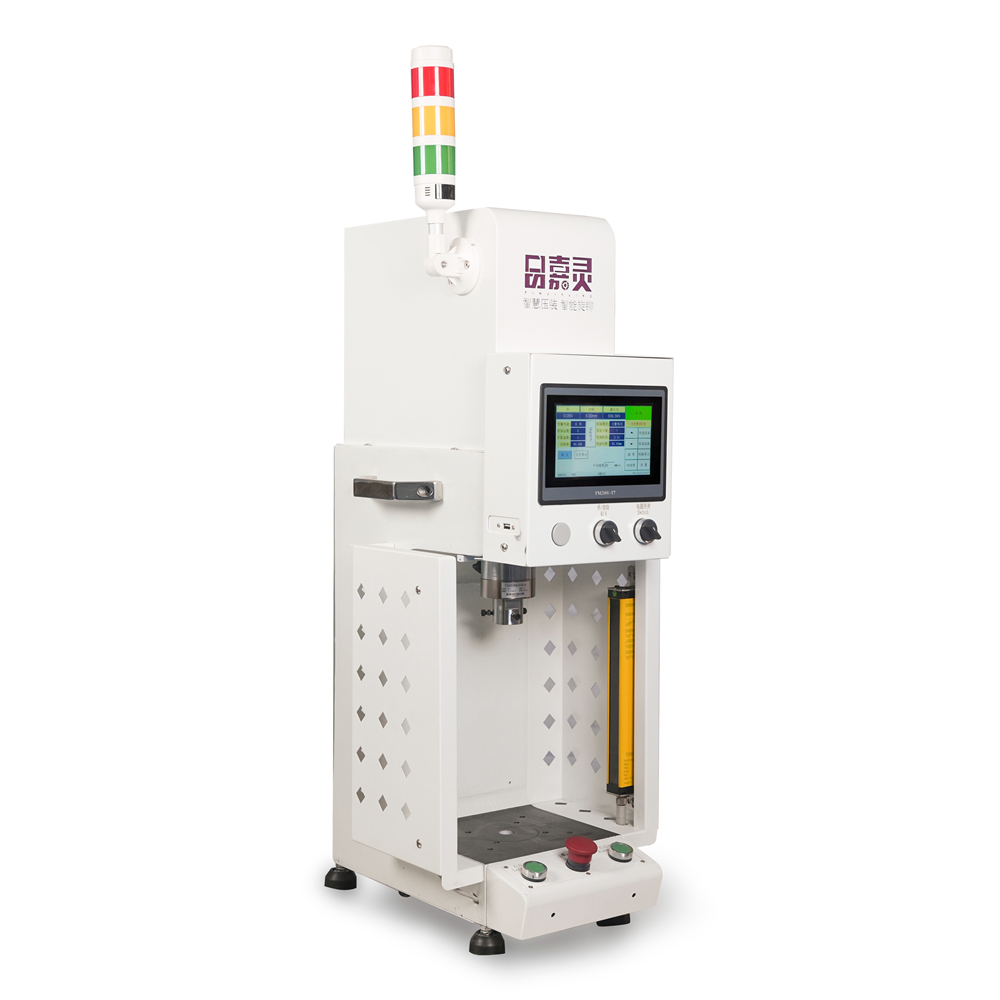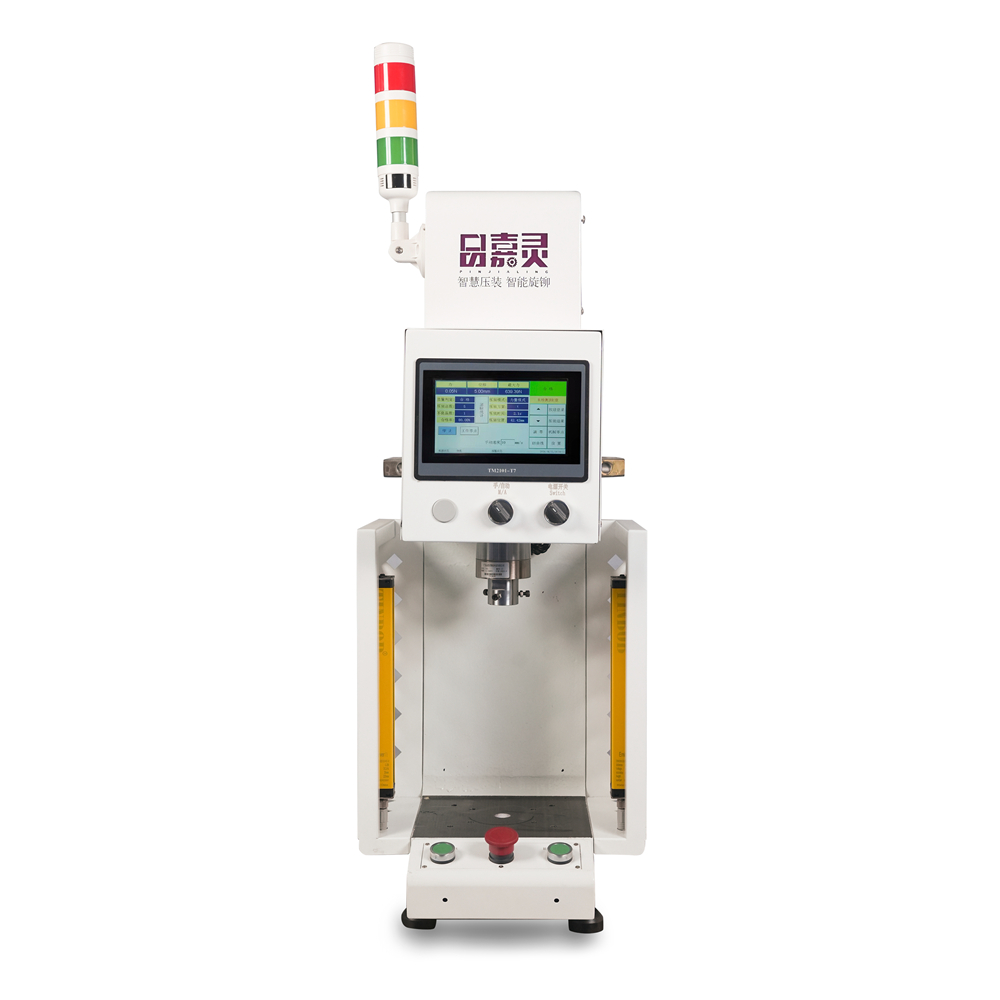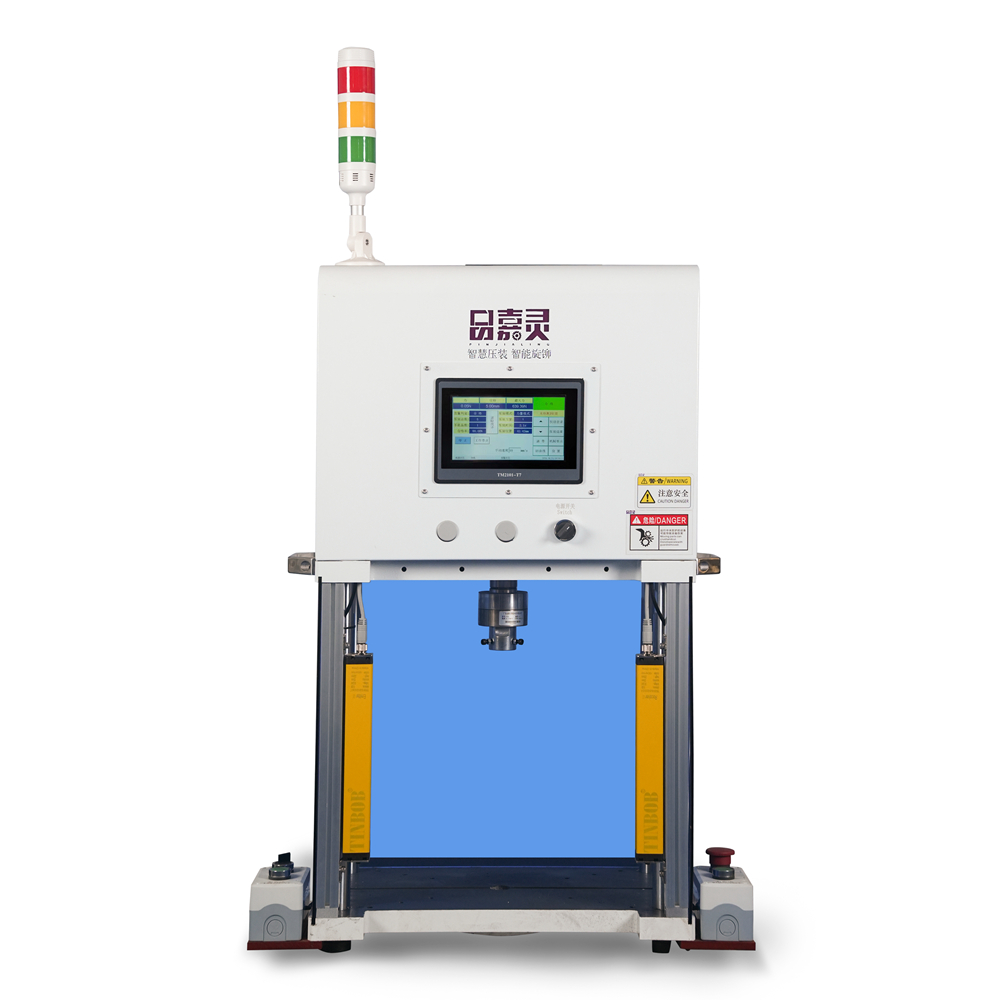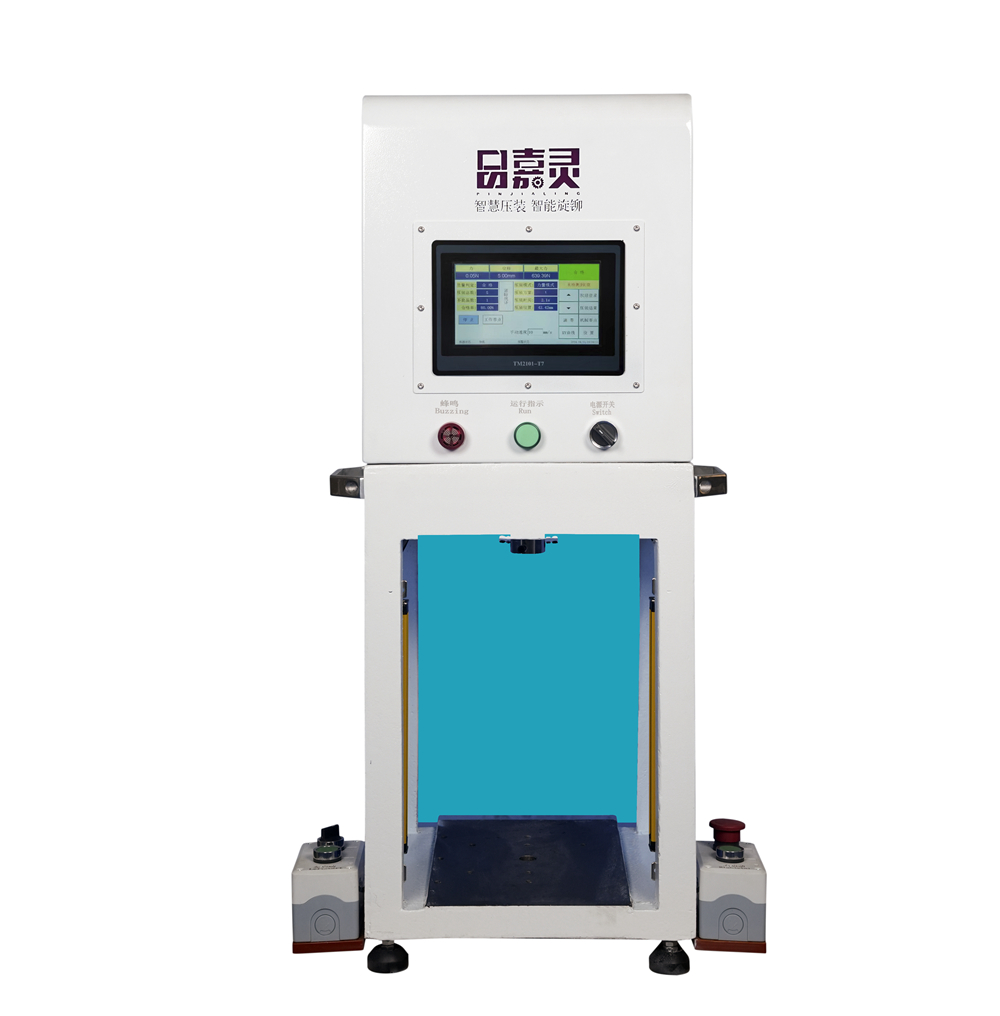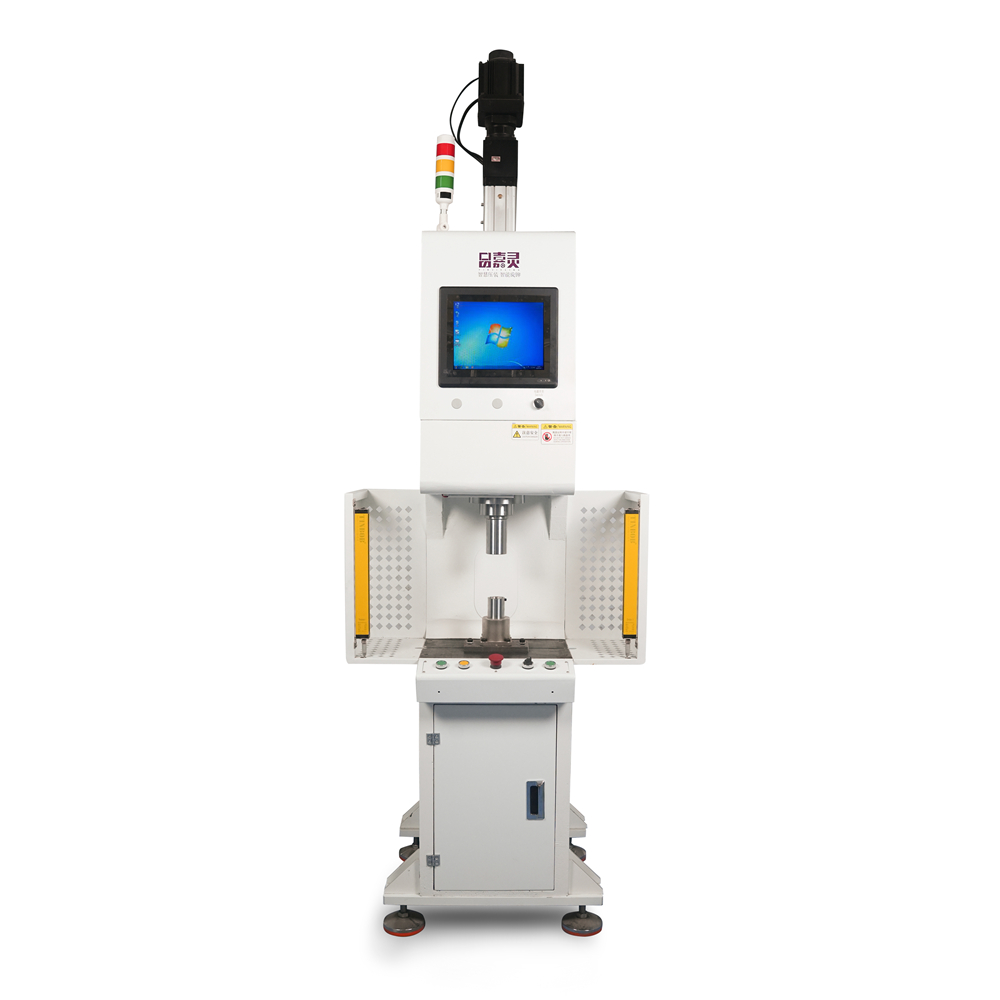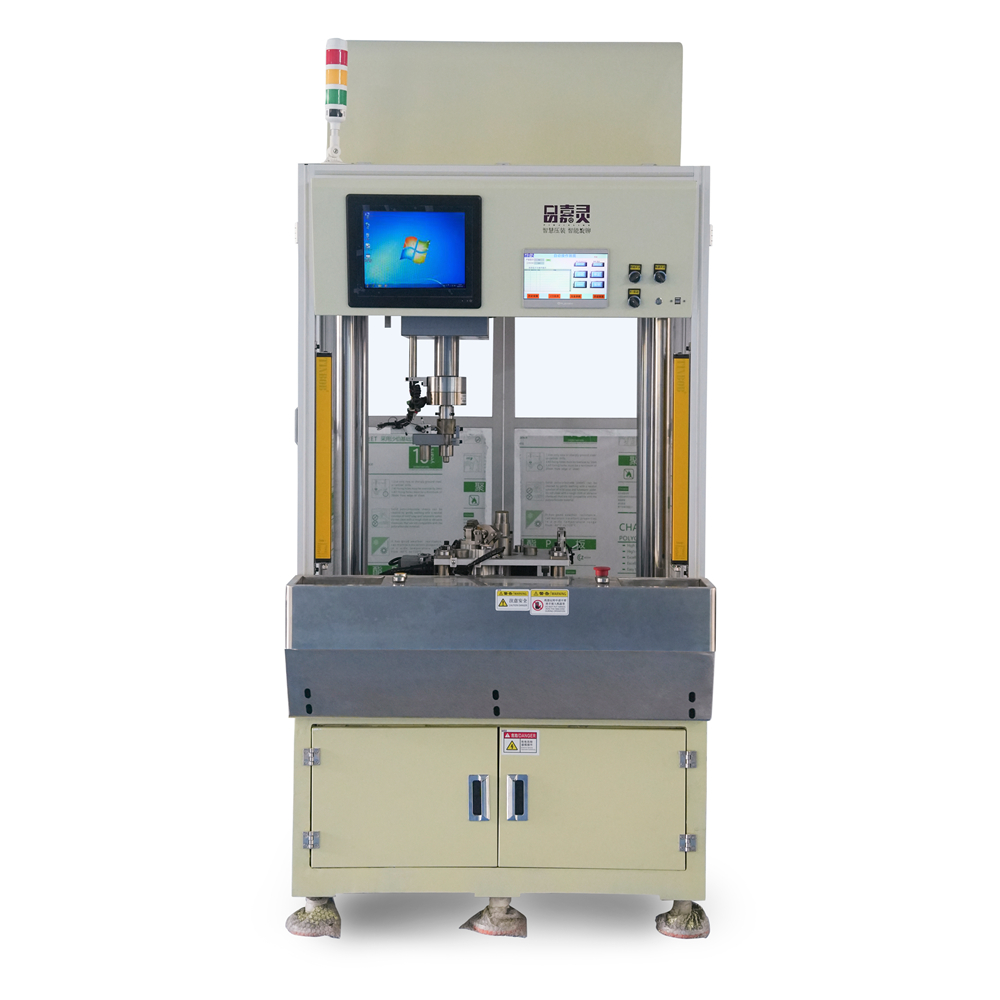What is the difference between Linear actuator press and rotary actuator?
Linear actuators and rotary actuators are both types of actuators, but they differ in the type of motion they produce. Here’s a brief explanation of each:
Linear Actuator:
Motion Type: Linear actuators produce linear motion, meaning they move in a straight line.
Components: A linear actuator typically consists of a motor, a lead screw or rod, and a mechanism to convert the rotary motion of the motor into linear motion.
Applications: Linear actuators are used in applications where there is a need for linear movement, such as opening and closing doors, extending or retracting components, and in various manufacturing processes that require linear motion.
Rotary Actuator:
Motion Type: Rotary actuators produce rotational motion, meaning they rotate around an axis.
Components: A rotary actuator usually consists of a motor and a mechanism to convert the linear motion of the motor into rotary motion. Examples of mechanisms include gears or a crankshaft.
Applications: Rotary actuators are used in applications where rotational movement is required. This can include tasks like turning a valve, opening or closing a damper, or any operation that involves rotating something.

Key Differences:
Motion Type: The primary difference is the type of motion they produce—linear actuators move in a straight line, while rotary actuators rotate around an axis.
Components: While both types involve a motor, the key difference lies in the mechanism used to convert the motor’s motion. Linear actuators use lead screws or rods for linear motion, while rotary actuators use gears or other mechanisms for rotational motion.
Applications: The choice between a linear or rotary actuator depends on the specific requirements of the application. If a task involves linear movement, a linear actuator is chosen. If it involves rotation, a rotary actuator is the suitable choice.
In summary, the fundamental distinction is in the type of motion each actuator produces, and the choice depends on the nature of the task or application.
- Desktop Servo Press Machine for Hobbyists and DIY Enthusiasts
- The desktop servo press machine is an essential tool for hobbyists and DIY enthusiasts seeking precision and...
- Customized Servo Press Machine Solutions for Research and Development
- Customized Servo Press Machine Solutions for Research and Development In the realm of...
- Desktop Servo Press Machine for Prototyping and Small Batch Production
- The Desktop Servo Press Machine stands out as an innovative solution tailored specifically for prototyping...
- Comparative Analysis of Horizontal vs Vertical Servo Press Machine Structures
- The design and structure of servo press machines have evolved to cater to various industrial requirements,...
- Overview of Servo Press Machine Technology and Industrial Applications
- Servo press machines represent a significant advancement in the realm of industrial press technology. These...
- Vertical Servo Press Machine Force Distribution Analysis for Quality Control
- Vertical Servo Press Machine Force Distribution Analysis for Quality Control The functionality and...




